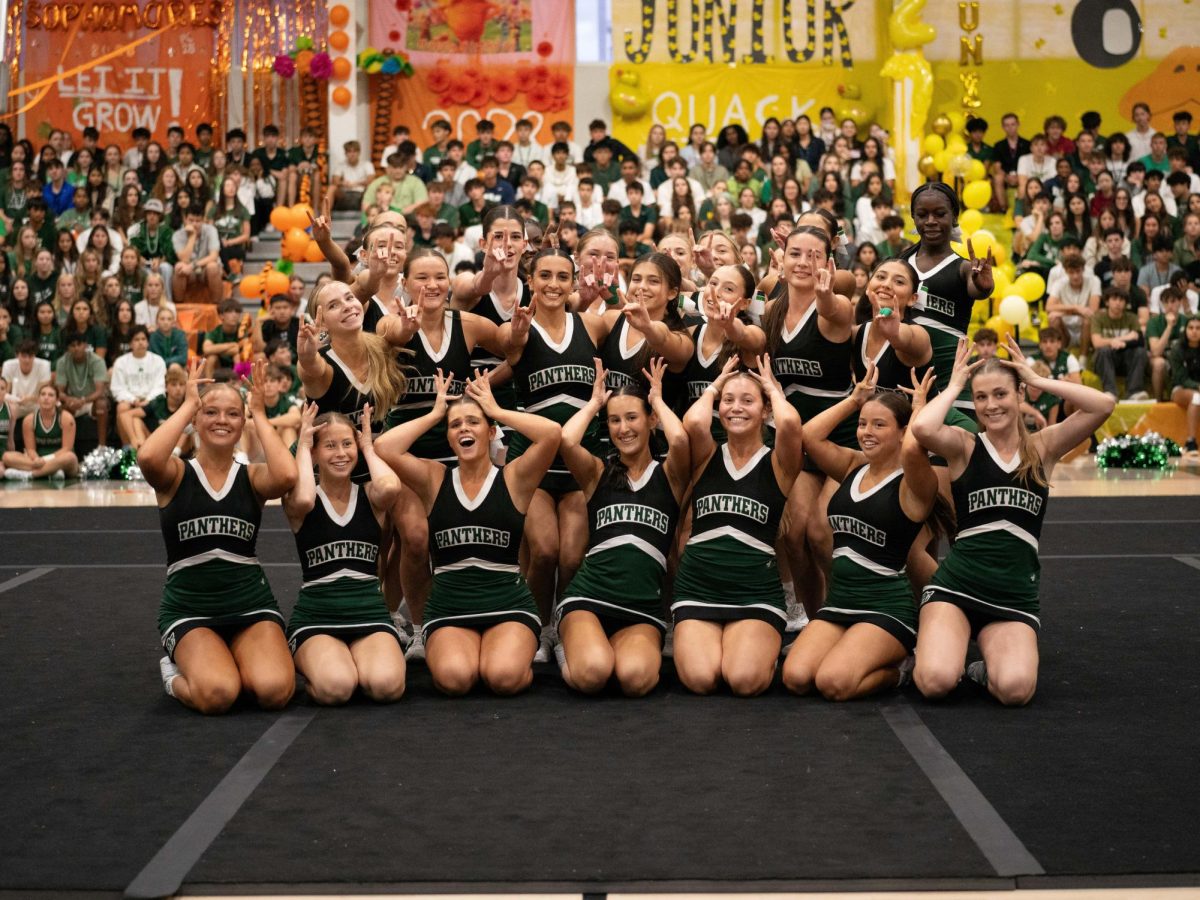Beginner’s Guide to Cultural Appropriation
[ot-caption title=”Selena Gomez sports a Indian themed attire for the MTV Movie Awards. (via Jordan Strauss, AP Images)” url=”https://pcpawprint.com/wp-content/uploads/2014/10/AP572408051883.jpg”]
A few years ago, I went to the mall to go shopping with my friends. As we walked into Urban Outfitters, the teenage mecca of mass-produced clothing paradoxically made to seem like the wearer bought it in some thrift shop or overseas market, an especially rad looking tee caught my eye. It was white, with graphically drawn five-point stars, linear black patterning, and crosses. Although I was a Jewish fifteen year-old with atheist tendencies, I generalized that celebrities wore cross-adorned garments often and they, most likely, were not religious. It wasn’t a symbol of religion; it was a symbol of the cool, uncaring attitude I wanted to be a part of.
When I got home, my mom was horrified. She grabbed the shirt out of my hands and threw it into the garbage. As I cried and protested this seemingly absurd reaction to a super cute shirt, she looked at me and explained. People had died for this symbol, she said, and I had no right to appropriate this imagery for reasons that were disingenuous, or because I thought it would make me look cool. This, I suppose, was my first understanding of cultural appropriation.
Recently, cultural appropriation is a phrase that is thrown around in the media. One form of cultural appropriation is taking ownership of religious or spiritual imagery and customs, as I had. One major example of this is the feathered headdresses made popular by hipsters at music festivals. In many Native tribes, feather headdresses and Warbonnets are representations of honor, and the feathers given in special ceremonies have to be earned, recognizing maturity, heroism, or other deeply significant acts. The UK music festival Glastonbury has banned the sale of headdresses on site, and Canadian festival Bass Coast has banned feather headdresses altogether.
However, cultural appropriation does not end here and, honestly, it is a difficult concept to understand completely. This is partly because we live in a country–and a society–that has a tendency to focus on the opinions and experiences of white people.
Whitewashing is what happens when mass culture appropriates imagery or clothing integral to another minority culture, and bills it as a new discovery, or trendy fad. In this way, traditions of people of color can only be appreciated when seen on white bodies and purified by being taken completely out of context. White privilege is when a person can play with the aesthetics of another culture without having to deal with the very real problems that members of this culture deal with daily, such as issues of oppression, discrimination, and, often, socioeconomic inequality. This can be seen in the recent popularity of “urban” styles made ubiquitous in modern pop culture by Miley Cyrus, Iggy Azalea, and Katy Perry. Other examples include Gwen Stefani and Perry’s appropriation of Japanese culture, and Vanessa Hudgens’ appropriation of Indian bindis and saris.
When it comes down to it, one must be critical and aware of the history of colonialism and slavery weighing on the history of this country. Exploration and exploitation are not only similar in spelling, but also related in consequence. As we all know from extensive honors and AP history courses, European nations often invaded foreign lands with the intent to colonize and assimilate the civilization’s indigenous people, with little to no regard for their own cultures.
In order to be considered civilized, or competent, a person had to conform to western ideals of behavior and dress. This is why one cannot make the argument that minority cultures steal equally from western culture; it cannot be considered an exchange of ideas when one culture’s beliefs are forced on another’s. The belief in a right to those cultures because of the “sharing” of their own is simply unchecked privilege. It is important to understand the dynamic set by these events, and recognize that we do not live in a post-equality world. Cultural appropriation perpetuates stereotypes.
So, the next time you are shopping at the mall with your friends, or heading out to a music festival, or even using slang in conversation, take a moment to understand what you are doing. It’s OK to want to respect and gain knowledge about a culture that is not your own, but you do not have a right to do so by inserting yourself directly in it.
Talk to your friends about their different cultures, ask questions without demanding an answer, and study the history and contributions of people of color and minorities. There is a fine line between taking inspiration from another’s culture (such as wearing a kimono-sleeved jacket or turquoise ring) and mimicking traditional dress. We are too smart to deny the offensiveness of cultural appropriation. In order to truly live in a world of equality, we must realize that not everything is ours to take.
For further reading:
Rookiemag conversation on Cultural Appropriation
Sources: Dazed & Confused Magazine, Native Appropriations
































![Stranger Things 4: What to Expect [Warning: Contains Spoilers]](https://pcpawprint.com/wp-content/uploads/2021/11/StrangerThings4-900x473.jpeg)





























































